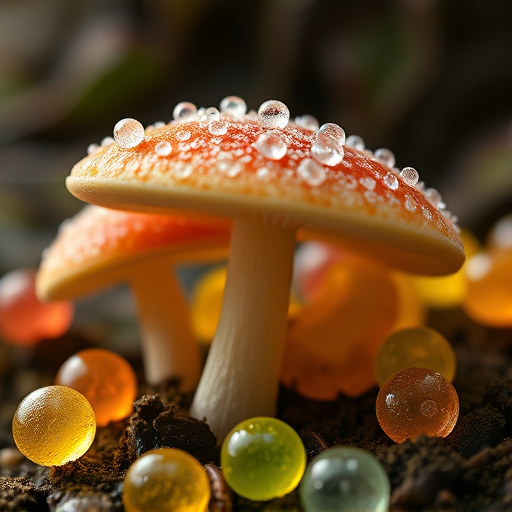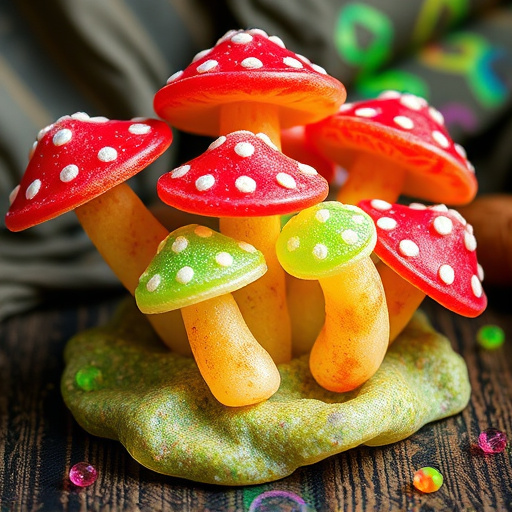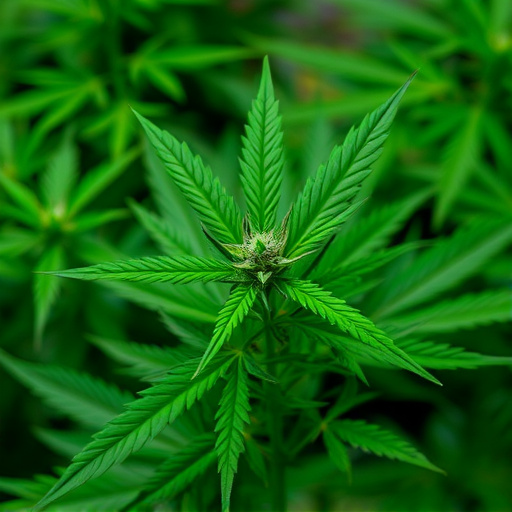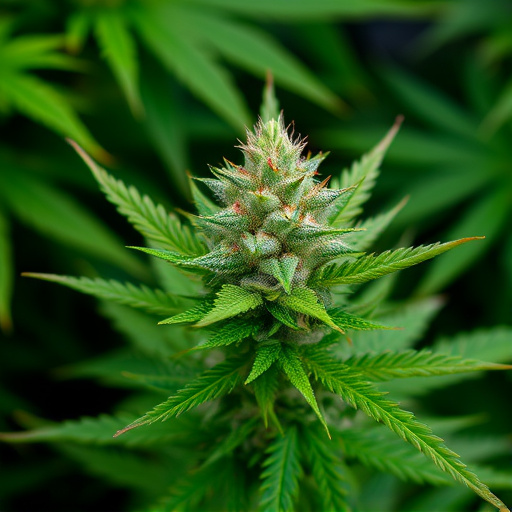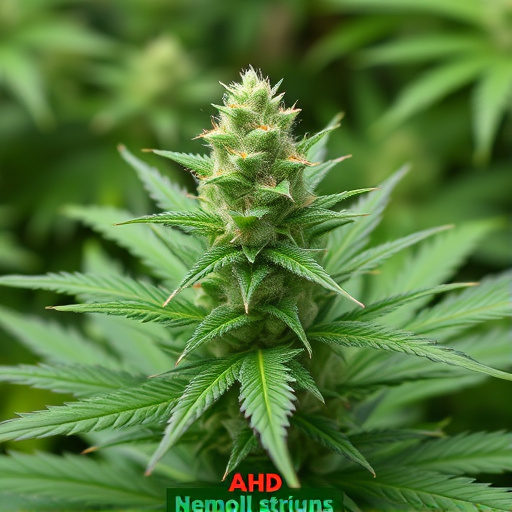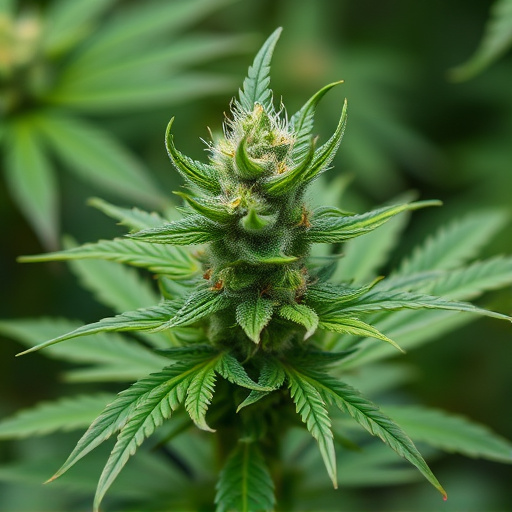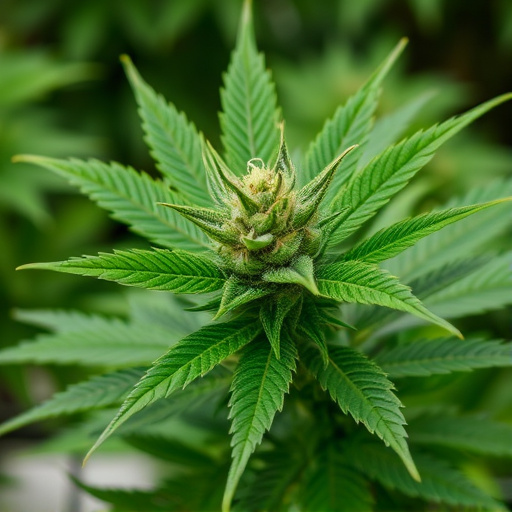Cannabis strains offer therapeutic potential for ADHD management due to terpenes, aromatic compounds that provide unique scents and flavors. Terpenes like myrcene, limonene, and linalool have calming, focus-enhancing, and stress-relieving properties. Understanding terpene profiles is crucial for selecting cannabis strains that cater to individual preferences and symptoms, such as improved concentration, reduced anxiety, and better cognitive function. Medical professionals can use this knowledge to make informed decisions when recommending cannabis strains for ADHD treatment.
Terpenes, the aromatic compounds in cannabis, are key players in the unique scents and therapeutic effects of different strains. This article delves into the intricate world of terpenes, focusing on their role in cannabis strains sought after for ADHD relief. We explore how specific terpene profiles contribute to the overall experience, offering insights into managing symptoms and enhancing well-being for folks with ADHD. Discover the science behind these potent natural compounds and their impact on modern wellness approaches using cannabis strains for ADHD.
- Understanding Terpenes: The Chemical Compounds Behind Cannabis Aromas
- Exploring Terpene Profiles in Cannabis Strains for ADHD Relief
- How Terpenes Influence the Therapeutic Effects of Cannabis for ADHD Management
Understanding Terpenes: The Chemical Compounds Behind Cannabis Aromas
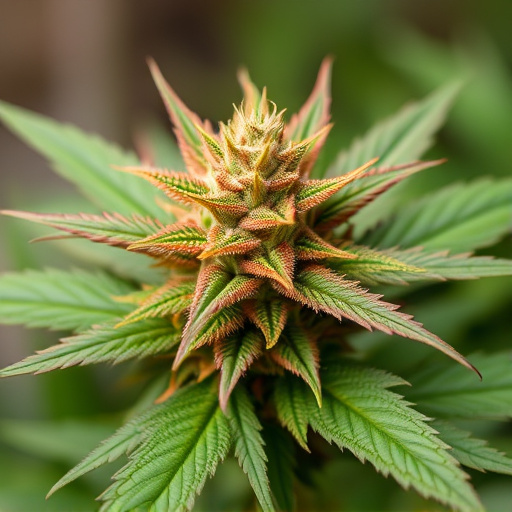
Terpenes, a diverse class of aromatic compounds, are the unsung heroes behind the unique scents and flavors we associate with cannabis strains. These volatile oils play a significant role in not only defining the olfactory experience but also offering potential therapeutic benefits for various conditions, including ADHD. Each terpene contributes to the plant’s aroma and can interact with cannabinoids like THC and CBD, creating complex profiles that distinguish one cannabis strain from another. Understanding terpenes is crucial when exploring the diverse world of cannabis strains, especially for those seeking specific effects or aiming to manage symptoms associated with ADHD through alternative treatments.
The complexity of terpene profiles allows for a wide range of sensory experiences. For instance, myrcene, commonly found in Indica strains, is known for its earthy and musky notes, often described as reminiscent of mangoes and pineapples. On the other hand, limonene, prevalent in Sativa strains, imparts citrusy and uplifting aromas, evoking feelings of freshness and focus. This chemical diversity ensures that cannabis offers a sensory journey unique to each strain, catering to different preferences and potential therapeutic uses, including for those with ADHD who may benefit from specific terpene profiles to manage symptoms or enhance concentration.
Exploring Terpene Profiles in Cannabis Strains for ADHD Relief
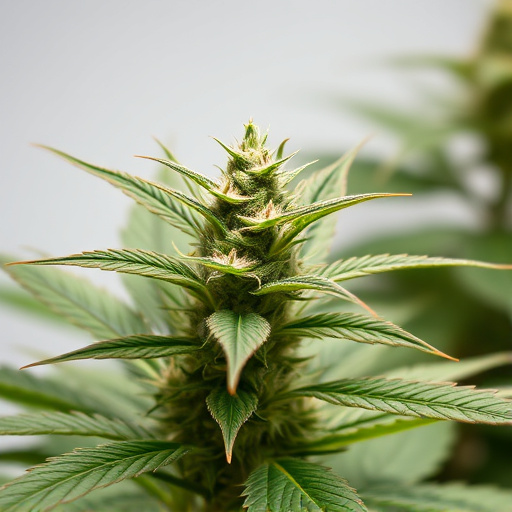
Cannabis has long been recognized for its therapeutic potential, and one of the key components driving this effect is terpenes—a class of aromatic compounds that give cannabis strains their distinct scents and flavors. When it comes to assisting with Attention Deficit Hyperactivity Disorder (ADHD), exploring specific terpene profiles within cannabis strains can be a game-changer. Terpenes like myrcene, limonene, and linalool have been studied for their potential calming, focus-enhancing, and stress-relieving properties, making them promising candidates for natural ADHD management.
Researchers are delving into the world of cannabis strains for ADHD relief, focusing on the unique terpene combinations that may offer symptom mitigation. Some studies suggest that certain terpene profiles can help with concentration, reduce anxiety, and improve overall cognitive function, which are all key aspects in managing ADHD effectively. By understanding how different terpenes interact with the body’s endocannabinoid system, medical professionals and patients can make more informed decisions when choosing cannabis strains for their therapeutic benefits, particularly in addressing ADHD symptoms.
How Terpenes Influence the Therapeutic Effects of Cannabis for ADHD Management
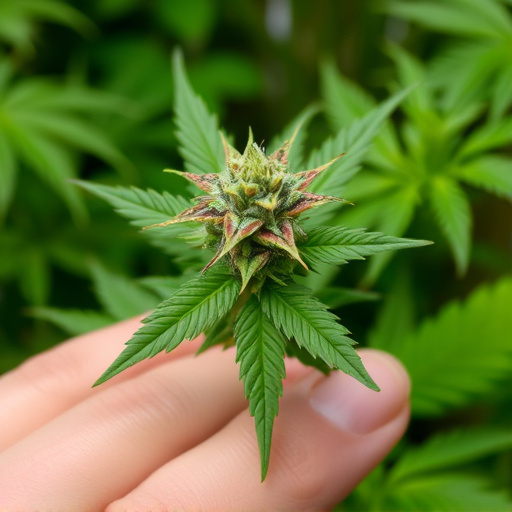
Terpenes, the aromatic compounds responsible for the distinct scents and flavors of cannabis, also play a crucial role in its therapeutic effects, particularly when it comes to managing ADHD. Different cannabis strains feature varying terpene profiles, which can significantly impact how the plant interacts with the human body and brain. For individuals seeking cannabis strains for ADHD, understanding these terpene influences is essential.
Certain terpenes like linalool and myrcene have been linked to promoting relaxation, reducing anxiety, and improving sleep—all beneficial effects for those with ADHD. Linalool, often found in lavender, can enhance the activity of GABA, a neurotransmitter that slows down nerve signaling, potentially helping to calm hyperactive minds. Myrcene, prevalent in many strains, is known for its sedative properties and may aid in alleviating sleep disturbances common in ADHD. Additionally, pinene, present in certain cannabis strains, has shown promise in improving focus and cognitive function, making it a potential ally in managing symptoms of inattention. These examples highlight how the unique combinations of terpenes in different cannabis strains can contribute to their effectiveness in treating various aspects of ADHD.
Terpenes, the aromatic compounds found in cannabis, play a pivotal role in creating distinct strain profiles. By understanding their chemical composition and effects, particularly in relation to ADHD management, individuals can make informed choices when selecting suitable cannabis strains. The interplay between terpenes and cannabinoids enhances the therapeutic potential of cannabis for ADHD relief, offering a natural approach to managing symptoms. Further research into terpene profiles will undoubtedly contribute to personalized treatments, improving the lives of those seeking alternative solutions for ADHD.
